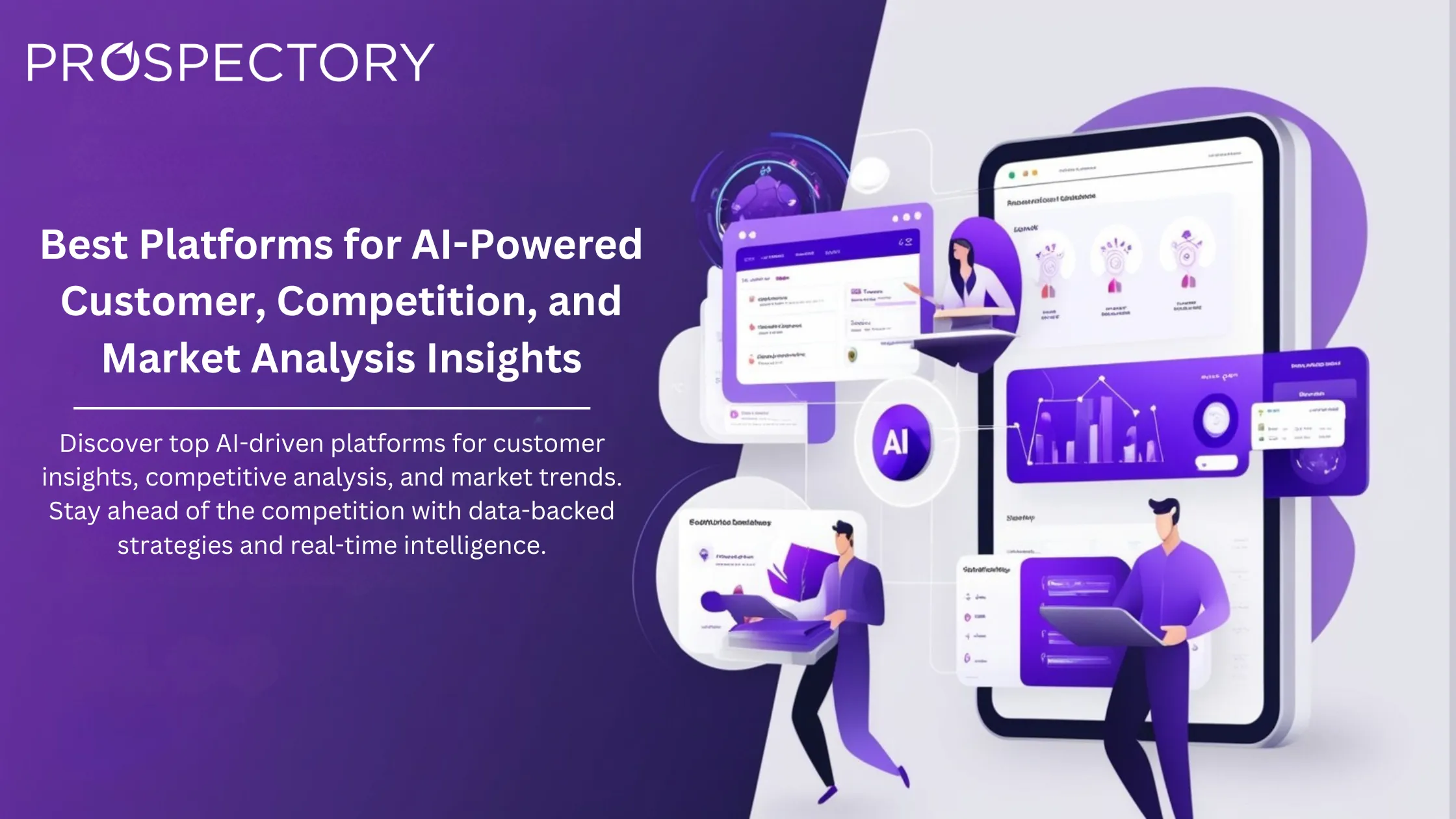
Sales teams spend too much time on researching prospects, sorting through outdated contact lists, and following up on unqualified leads. Many of these efforts result in dead ends because they lack a structured way to find and prioritize the right people.
Lead generation software improves this process by identifying companies actively searching for solutions, ranking them based on relevance, and helping sales teams engage them efficiently. Instead of spending hours researching, businesses can focus on building relationships with leads that are more likely to convert.
Traditional lead lists often rely on outdated or incomplete data. A better approach is to use tools that pull real-time information from multiple sources, including:
Instead of guessing, sales teams can see which companies fit their ideal customer profile and are actively showing interest.
Not every lead is ready to make a purchase. Some are just exploring options, while others are actively looking for a provider. Instead of reaching out to everyone in the same way, businesses can rank leads based on how likely they are to convert.
A lead ranking system considers:
This helps sales teams focus on the best opportunities first instead of chasing cold leads.
Reaching leads at the right time is only half the battle. Engaging them in a way that fits their communication style is just as important. Some prospects prefer email, while others are more responsive to LinkedIn messages or phone calls.
A strong lead generation system supports:
By using multiple touchpoints, businesses increase their chances of getting a response.

A good lead generation system doesn’t just collect contact details—it finds companies that are actually looking for solutions. The best tools:
Sales teams don’t have time to contact every lead. A strong system ranks leads based on:
This ensures that sales teams focus on leads that have the highest potential value.
People respond better to messages that feel relevant to them. A lead generation system should:
Since leads engage through different platforms, outreach should go beyond email. A good system allows businesses to connect across multiple channels while keeping messages consistent.
Instead of reaching out to a general list of companies, focus on those actively searching for solutions. Businesses can track:
This reduces wasted outreach and helps sales teams connect with buyers when they are ready.
Not all leads are equal. Some companies have more potential value than others. With an ABM strategy, businesses can:
If a prospect is visiting your website or opening emails but hasn’t reached out, this is the best time to engage them. Businesses can:
Faster engagement leads to better conversion rates.
Businesses must follow GDPR, CCPA, and other data protection laws. This means:
Lead generation should be based on real data, not assumptions. Companies should:
Businesses will continue improving how they tailor their messages based on real buyer behavior.
More buyers are using voice search and chat interactions. Companies must adapt to new ways of communication.
Future tools will focus more on identifying leads as they show interest, helping sales teams act at the right moment.
Sales teams shouldn’t waste time on outdated lead lists and cold outreach. A structured, data-driven lead generation process helps businesses focus on opportunities.
By identifying the right prospects, prioritizing them effectively, and reaching them through the best channels, businesses can improve their sales pipeline and close more deals.
Ready to optimize your lead generation? Start refining your prospecting strategy today.

.webp)
.webp)



